Written by: Mahnaz Shujrah
Posted on: October 13, 2016 | 
Paar chanaa de disse kulli yaar di
Ghariya ghariya aa ve ghariya
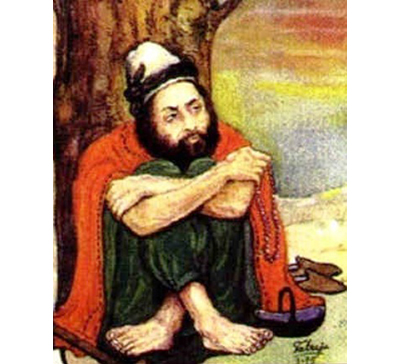
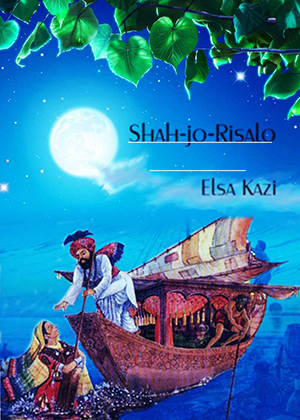
Bhittai was a renowned Sindhi Sufi poet and scholar, who lived during the 17th century in Bhit Shah, Sindh. His poems and other work were compiled in Shah Jo Risalo, which has been translated into Urdu and English. The Risalo is written in poetic verses, and there are more than 30 surs (a mode of singing), as most of these stories are originally found in vernacular vocal traditions. Bhittai’s work is comparable in stature to that of Bulleh Shah, as well as Maulana Rumi, who was also one of his inspirations. The language he uses is very traditional Sindhi, which is sometimes hard to understand for younger generations. But once you are able to comprehend his words, the themes and lessons found within are such that they stay with you for a lifetime.
Bhittai’s stories were part of ancient folklore that has been passed down for generations, and one cannot be certain about the time of their origin, or whether they are even true in their present form. Different regions in the country have adopted the stories to match their landscapes and values, with different poets quoting the same characters time and again.
According to legend, Sohni was the daughter of a potter who worked to decorate the pots at her father's shop. Shahzada Izzat Baig, a rich tradesman from Uzbekistan, saw Sohni while on business, and fell in love with her. He would buy pottery from the shop every day just to get a glimpse of her. Sohni also fell for Izzat, and instead of going back with his caravan, he stayed and worked in the area as a buffalo herder, and became known as Mahiwal. However, a girl from the Kumhar could not marry an outsider, and Sohni was soon married off to another potter, whom she did not desire. Mahiwal left every worldly possession and moved to a small hut, across the river from Sohni's home, where he would tend to his buffalo. The lovers would secretly meet every night. Sohni hid a clay pot that she used to cross the river every night to meet Mahiwal.
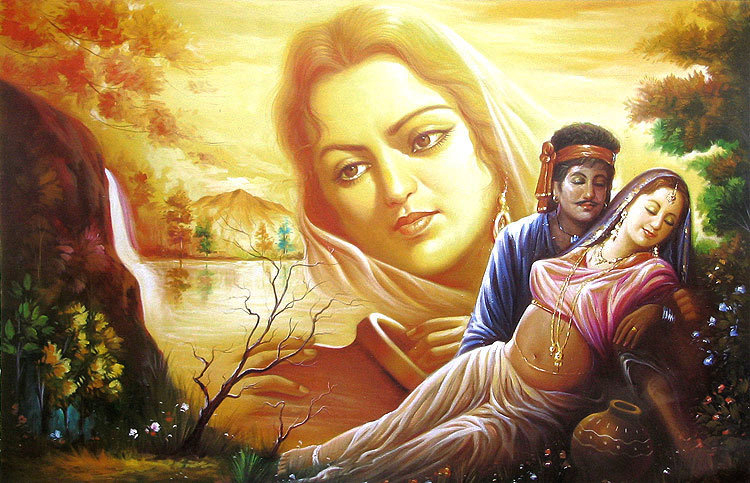
Sohni is just one of the seven heroines that Bhittai writes about in his Shah Jo Risalo. The others are Marui, Momal, Sassui, Noori, Sorath, and Leela. My passion for these stories compelled me to not merely read about them, but also physically visit the places referred to in the poems. Whether it was walking on the desert where Sassui wandered for days, or visiting the grave of Noori in the middle of Keenjhar Lake, I wanted to truly understand and empathize with these characters.
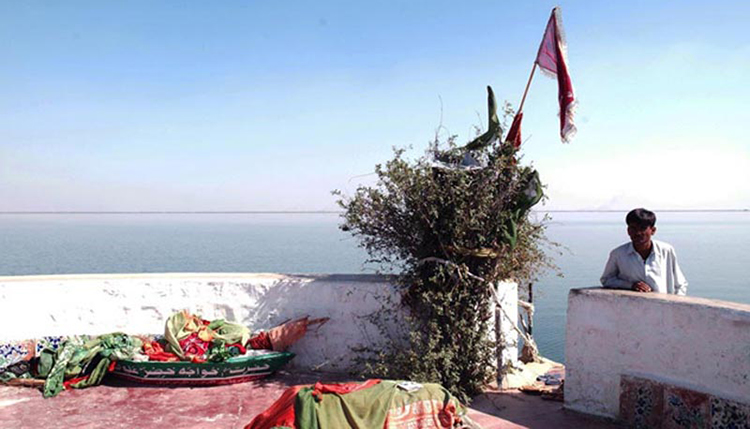
When Bhittai first heard these stories, he travelled all over Sindh, traversing the same paths as the characters and experiencing what their struggle must have been like. He idealizes their commitment, faith, determination, ambitions and struggles. Being a girl, it was exciting for me to see the females in powerful lead roles. They are the true heroes of the stories, sacrificing all for what they believed in and never giving up.
Keeping in mind that Bhittai was a Sufi poet, most of his work has several interpretations. Through these romantic tales, in which the character undertakes a journey to seek their beloved at all costs, Bhittai can also be interpreted in terms of the spiritual journeys of his characters: cleansing themselves of the evils around, attaining purity, and sacrificing the pleasures of this world for something greater.
The song I mentioned in the beginning is the dialogue between Sohni and her Gariya (clay pot). One night, as she goes to cross the river, she notices her pot has been replaced by a pot of unbaked clay. She then realizes that her sister-in-law spied on her, saw where she used to hide the pot, and replaced it. Nonetheless, she is determined to meet Mahiwal at any cost, as he must be waiting for her. She sets out and halfway through, the pot dissolves, leaving Sohni struggling. Upon seeing this from the other side, Mahiwal jumps into the river to save his love, despite being aware that the odds are against him. They both drown in the river that night.
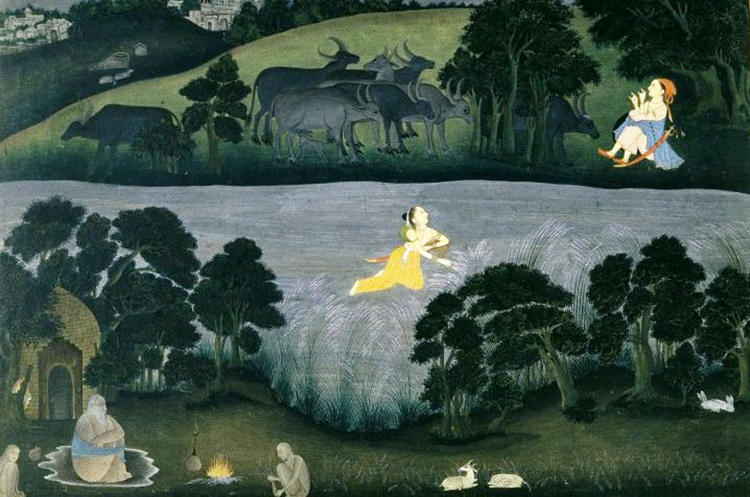
You may also like: